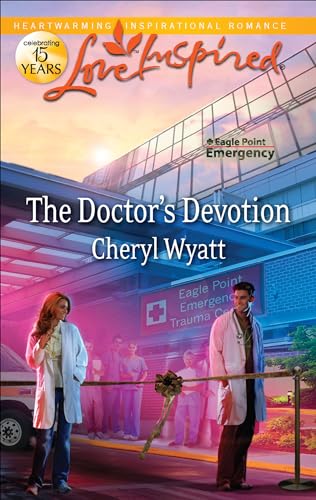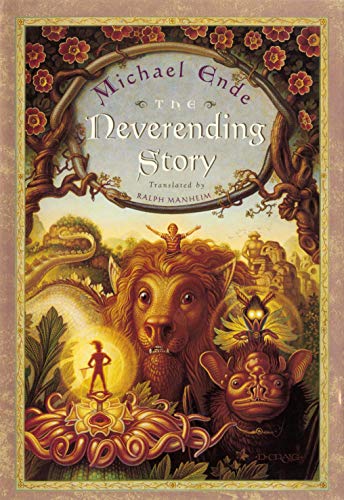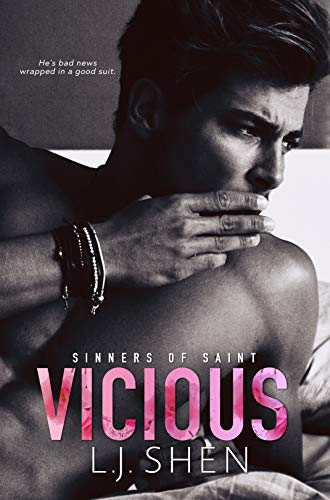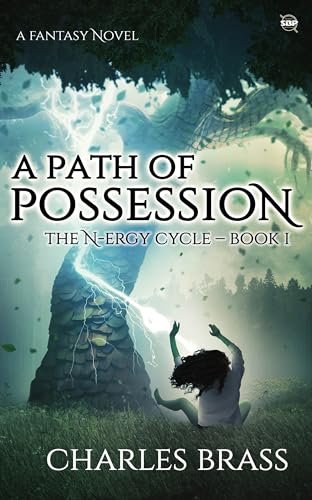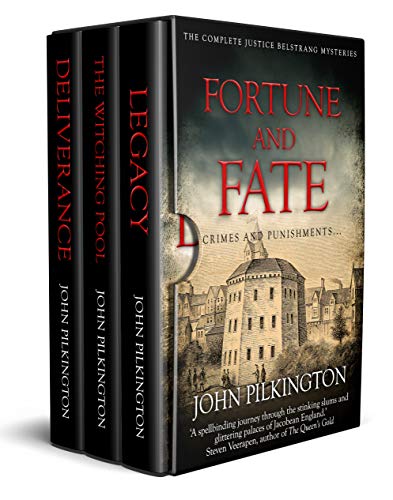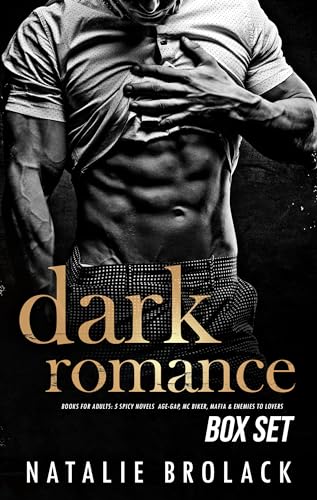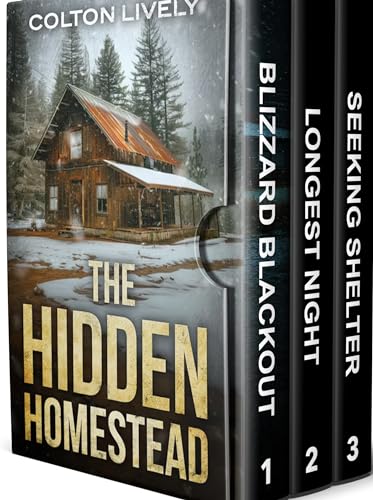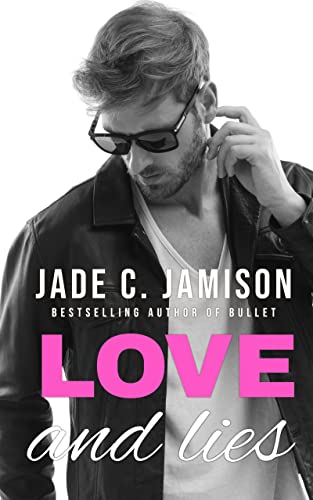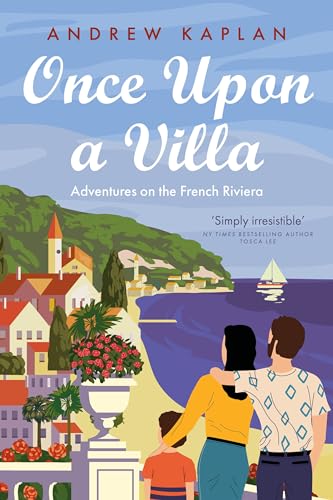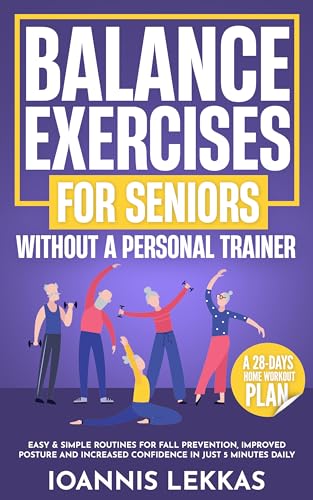Great book deals and freebies sent straight to your email daily: Subscribe to BookGorilla—it’s free!
From The New Yorker: How a Mormon Housewife Turned a Fake Diary Into an Enormous Best-Seller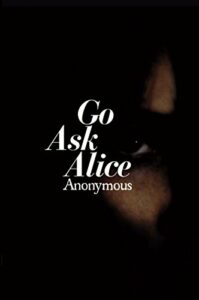
If you had twenty dollars and a few hours to spare during the fall of 1970, you could learn about “The Art of Womanhood” from Mrs. Beatrice Sparks. A Mormon housewife, Sparks was the author of a book called “Key to Happiness,” which offered advice on grooming, comportment, voice, and self-discipline for high-school and college-aged girls; her seminar dispensed that same advice on Wednesdays on the campus of Brigham Young University, a school from which she’d later claim to have earned a doctorate, sometimes in psychiatry, other times in psychology or human behavior. “Happiness comes from within,” Sparks promised, “and it begins with an understanding of who and what you really are!”
Such an understanding seems to have been elusive for Sparks, who was then calling herself a lecturer, although she would soon enough identify as a therapist and occasionally as a counsellor or a social worker or even an adolescent psychologist, substituting the University of Utah or the University of California, Los Angeles, for her alma mater, or declining to say where she had trained. But, wherever she studied and whatever her qualifications, Sparks was destined to become best known for being unknown. Although her book on womanhood was a flop, she went on to sell millions of copies of another book, one that even today does not acknowledge her authorship, going into printing after printing without so much as a pseudonym for its author. “Go Ask Alice,” the supposedly real diary of a teen-age drug addict, was really the work of a straitlaced stay-at-home mom.
When “Go Ask Alice” was published, in 1971, the author listed on the cover was “Anonymous.” The first page featured a preface of sorts, an authenticating framework as elaborate as those written by Mary Shelley and Joseph Conrad, explaining that what followed was “based on the actual diary of a fifteen-year-old,” though names and dates had been changed. The diary, according to its unnamed editors, was “a highly personal and specific chronicle” that they thought might “provide insights into the increasingly complicated world in which we live.”
The narrator is unidentified, too. She is not named Alice; the book’s title, chosen by a savvy publishing employee, comes indirectly from a reference in the diary to “Alice in Wonderland” and more directly from the lyrics of the Jefferson Airplane song “White Rabbit.” Early entries dutifully record the nothing-everythings of teen-age life. The narrator frets over diets and dates; wishes she could “melt into the blaaaa-ness of the universe” when a boy stands her up; and describes high school as “the loneliest, coldest place in the world.” She’s from a middle-class, overtly Christian, ostensibly good family, with two younger siblings, a stay-at-home mother, and an academic father whose work takes the family to another state.
Read full post on The New Yorker

